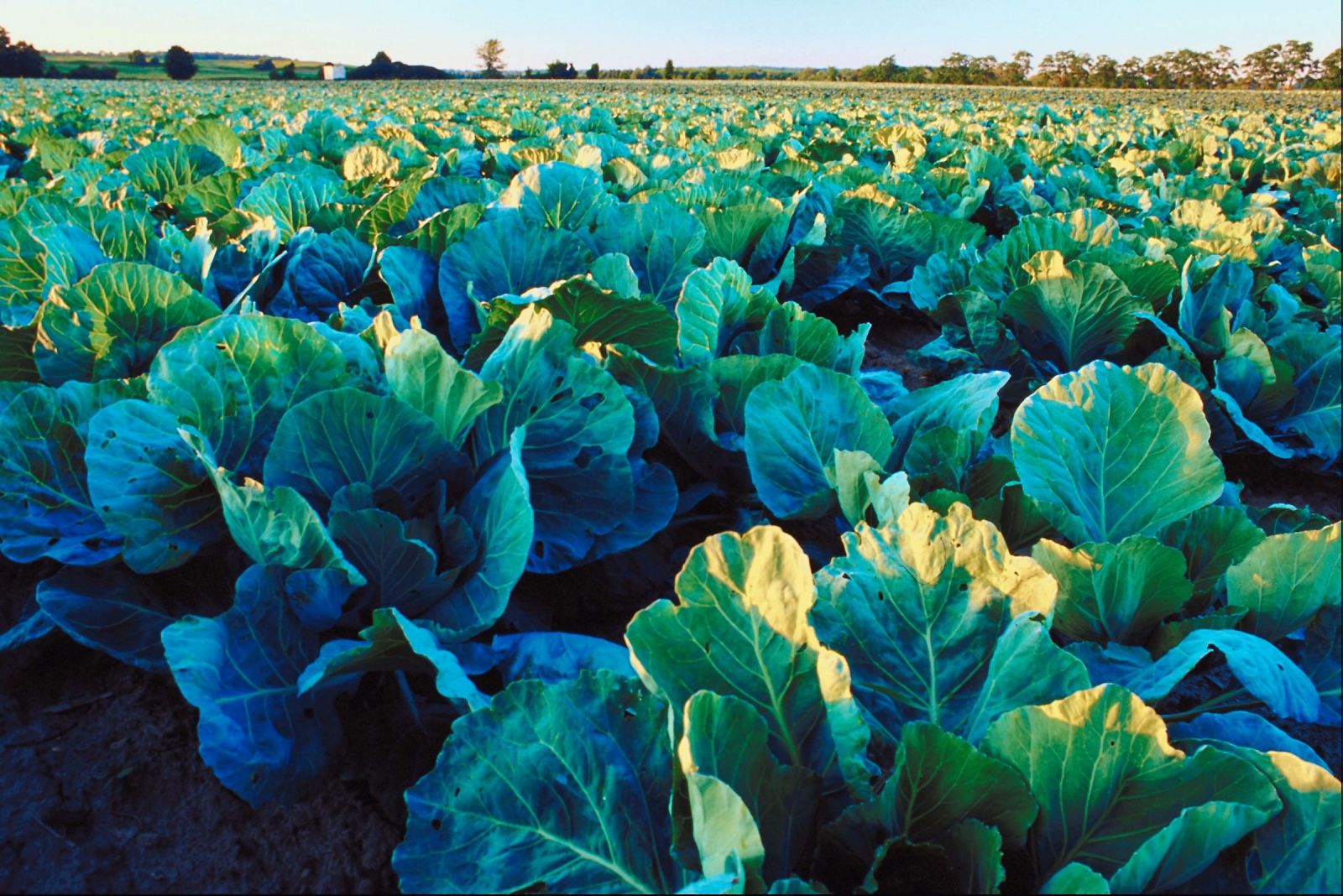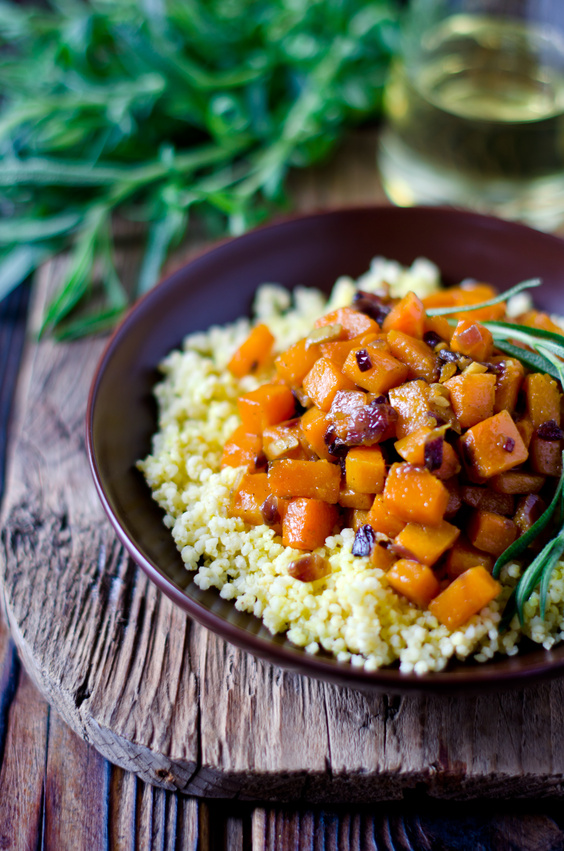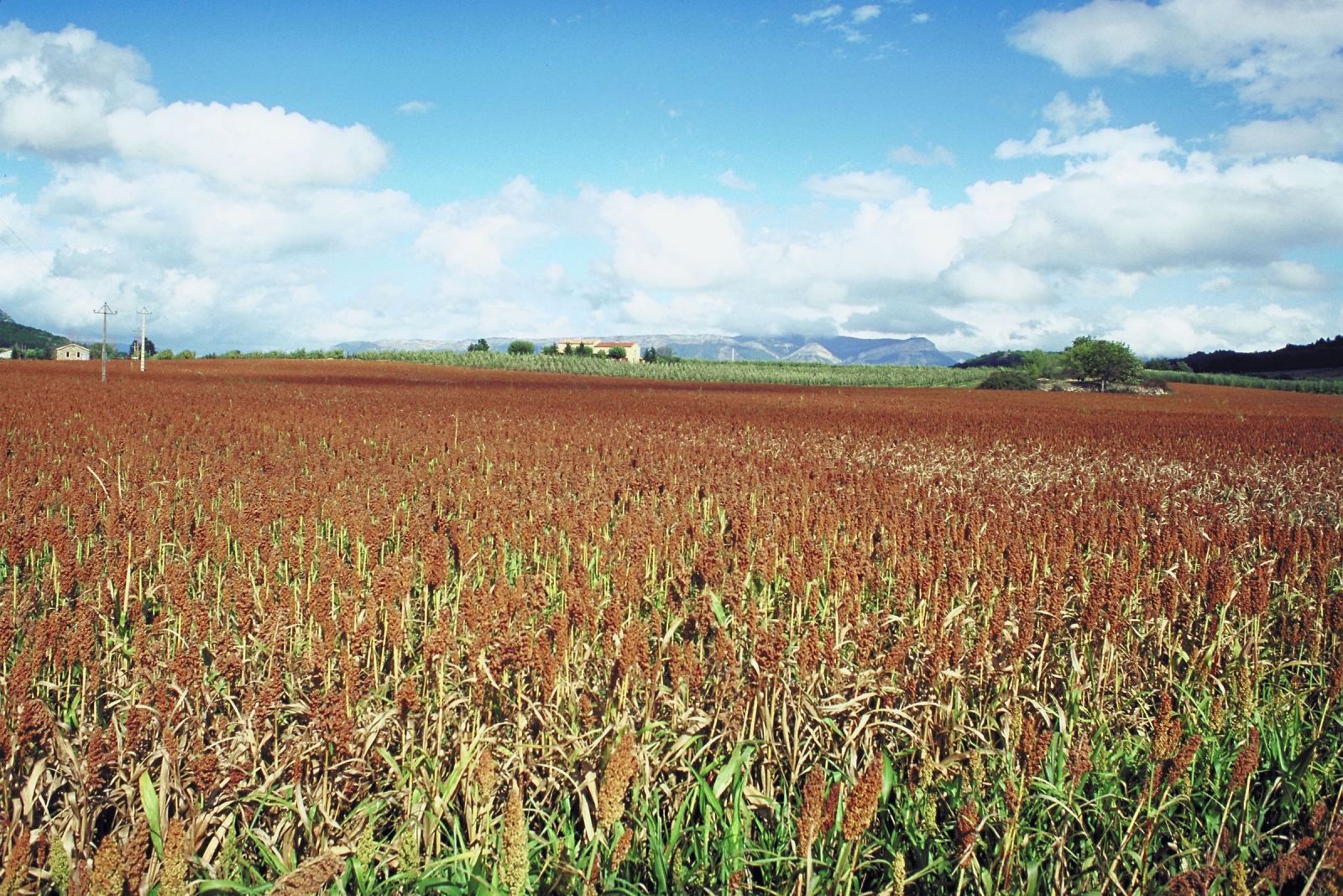Share This
The best dietary advice on the planet is meaningless if we aren’t able to produce or access the foods recommended for health. Therefore, it’s no surprise that one of the major points of agreement between the scientists at Oldways Common Ground is the need to include sustainability in dietary guidelines. While there is no one-size-fits-all definition of a sustainable diet, the ten tips below are a great place to begin.
1. Eat lower on the food chain. In general, animal foods, such as meat and dairy, are much more resource-dependent than plant foods, since you have to feed the animal before it can feed you. To put this in perspective, 49% of the world’s food crops feed animals, not people, while three fourths of our land is used to produce animal products, which provide only 17% of our calories. Not only can eating lower on the food chain feed more people with fewer resources, it can also help mitigate greenhouse gas emissions. The greenhouse gas footprint of beef is 48 times higher than the greenhouse gas footprint of high protein plants like pulses (beans, peas, chickpeas, and lentils).
2. Embrace biodiversity. To support a more sustainable food supply, we need to learn to work with everything nature gives us, rather than relying too heavily on one crop or species. This means branching out beyond just cod, salmon, and shrimp at the seafood counter. Similarly, we should embrace the wide variety of drought tolerant crops available, such as millet and teff.
3. Go organic. Support producers that leave the earth in better condition than they found it and don’t pollute the land and water with pesticides. Industrial agriculture releases two to three times more carbon dioxide per unit of land than does organic farming, and soils treated with synthetic pesticides and fertilizers hold about 30 percent less organic carbon compared to organically managed soils. Organic farming is also shown to yield more than conventional farming in extreme weather, an especially important quality in the face of climate change.
4. Support responsible farmers. Outside of formal organic certification, there are many small farmers working to help restore the earth. Talk to the vendors at your local farmers market to learn more about their practices and philosophy. When shopping for meat, cheese, poultry, and eggs, support farmers who raise their animals with respect and with necessary room to grow. While pasture-raised animals can produce natural fertilizer for balanced farm systems, large factory feeding operations produce much more waste than can be responsibly managed.
5. Eat more pulses. Most plants take nitrogen from the soil, so crops must be rotated to maintain soil health. However, pulses — beans, peas, lentils, and chickpeas — actually deliver nitrogen back to the earth. By creating a larger market for these diverse, soil-building foods, we can encourage more farmers to plant them, rather than depleting their soil by growing the same popular crops season after season. Plus, unlike animal protein, pulses leave no concerns about antibiotics or growth hormones.
6. Get your grains. Grains are among the least intensive foods to produce, requiring fewer resources per calorie than most other foods. As farmers strive to feed a growing population in the face of uncertain climate patterns, whole grains are a great way to get a big nutritional bang for your buck. It’s no surprise that many of the driest regions in the world, such as sub-Saharan Africa, depend on hardy grain crops like millet when water is limited.
7. Give shellfish a try. Just as some crops give back to the land, certain species give back to the ocean. Shellfish, like oysters, mussels, and clams, filter the water — making it cleaner than it was before, removing nitrogen, and improving nutrient levels. Additionally, unlike many popular fish that feed on smaller fish (creating a net loss), shellfish are essentially planted like seeds.
8. Go back to the old ways. In most traditional cultures around the world, grains, beans, and seasonal vegetables always made up the bulk of the meal, while animal products, like meats and cheeses, were simply a garnish. Our ancestors were onto something. By drawing inspiration from resourceful cuisines around the world, such as Mediterranean Diets or African Heritage Diets, we can maximize flavor while minimizing our impact on the earth.
9. Avoid highly processed foods. Many highly processed snack foods on supermarket shelves contain unsustainable additives and ingredients, like palm oil. According to the Rainforest Action Network, widespread burning of tropical rainforests and peatlands to develop palm oil is one of the largest sources of carbon pollution in the world today, “producing more carbon pollution than the entire daily emissions of the United States.” Highly processed foods also create an unsustainable pattern of waste. For example, it takes 156 kernels of corn to produce just one candy corn. In nearly every case, eating real food, direct from nature, is the most sustainable approach.
10. Eat less beef. Beef takes a particularly large toll on the environment, so consider using it only as a garnish, in small portions, or as an infrequent, special occasion treat. In fact, scientists estimate that switching 20% of global beef consumption to pork or poultry would use 1 billion fewer hectares of land by 2030. Swapping beef for plant proteins, like pulses, could make an even greater impact, since growing pulses requires ten times less water per food calorie than beef.
Kelly Toups, Program Manager, Whole Grains Council




Add a Comment